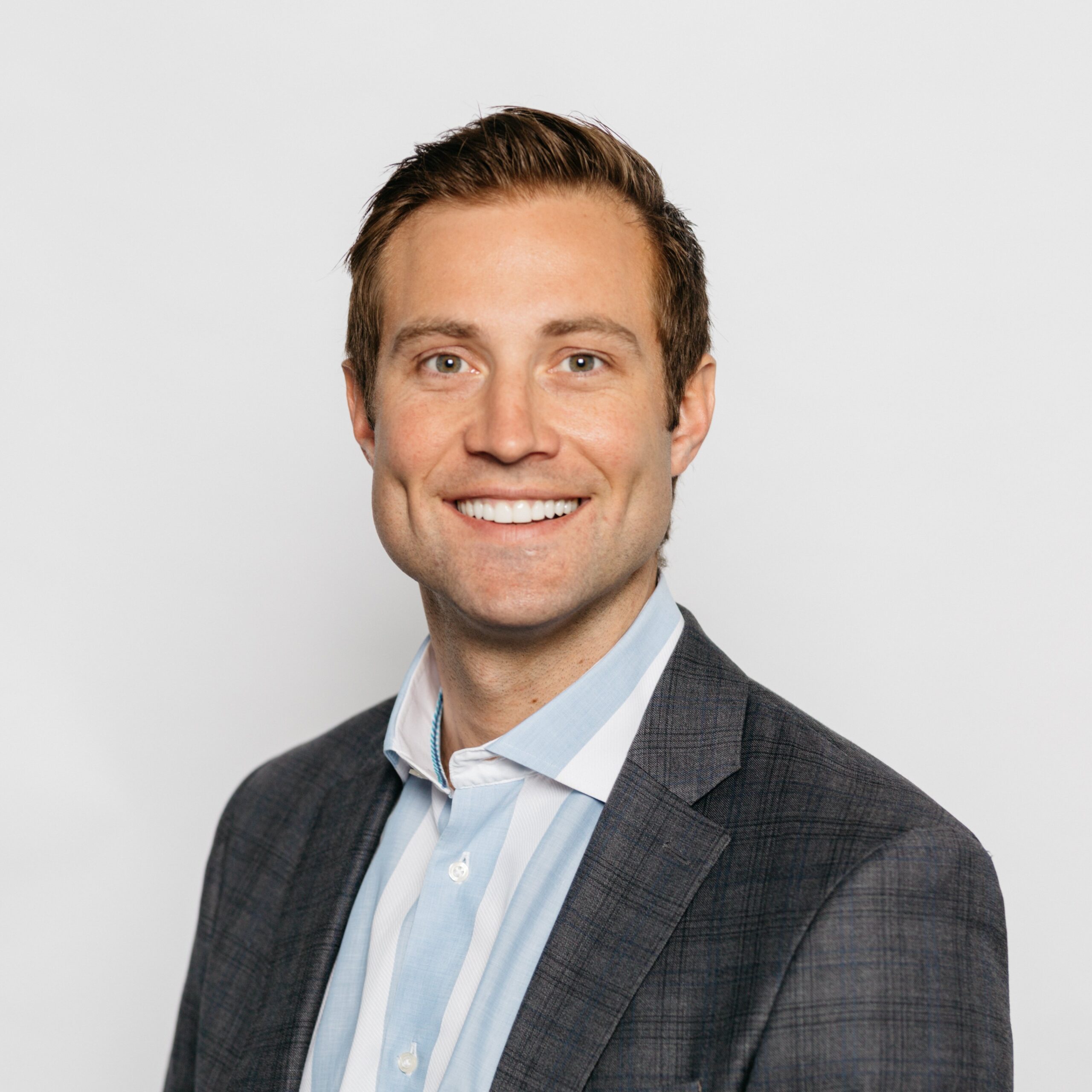The Covid Canvas, Pt. 1
When will Americans return to normal activities? Dr. Don Vaughn surveyed thousands of Americans about reopening the economy and going back to restaurants, airplanes, and sporting events. The results suggest there are hard times ahead.
Highlights
- We used Realtime Research™ Survey unit to ask Americans when they would return to normal activities.
- Most respondents do not plan to engage in crowded activities such as sporting events for at least six months.
- Respondents from regions with high population density expect to re-engage more slowly.
- Results indicate a gradual, prolonged return to full economic activity.
Right now, there is a lot of uncertainty—about Americans’ sense of safety, local and national decisions to reopen, and the likelihood that consumers will resume their usual activities once America does reopen. There’s no clear consensus on these factors and outcomes. Yet, plans for public health and economic revitalization require a forecast of when Americans will return to their previous level of activity. Even the best models can only go so far in predicting consumers’ sentiments and actions. A more involved but direct method is to ask Americans directly. Unfortunately, in-person surveys are expensive to administer and suffer from geographic bias, and traditional online surveys suffer from low engagement rates as only a small fraction of people are willing to drop their current tasks to participate.
The COVID Canvas
We used Realtime Research™ surveys to canvas Americans with a series of questions about their intentions to resume participation in various activities. Realtime Research™ Surveys differ from traditional online surveys in that the questions are shown to the user on webpages in place of an ad (Figure 1). Unlike Google Surveys—which block access to content until the questions are answered—Realtime Research™ Surveys are optional, thus ensuring that participants are responding voluntarily.

Figure
1. An example of the 300×250 Realtime Research™ Survey unit. Questions are shown to
the user on webpages in place of an ad.
,
We asked Americans when they would consider going to the gym, dining at restaurants, traveling on airplanes, vacationing with crowds, attending sporting events, and going on cruises. Respondents could answer each question by selecting “Now,” “1-2 Months,” “3-6 Months,” or “6+ Months.” From May 6th to May 17th 2020, we received 2,390 responses from 1,216 cities; participants represented all 50 states, the District of Columbia, and Puerto Rico.
Results
The results suggest that Americans conceptualize the riskiness of activities in two main groups: those with relatively few people in close proximity, and those with larger crowds (Figure 2A). Americans are far more ready to return to settings, such as the gym, restaurants, and even airplanes, in which they can reasonably expect to be in proximity with no more than a couple hundred people. By contrast, Americans are only half as likely to return in the next six months to densely-crowded activities such as sporting events or cruises. These results echo and expand upon a recent study from Nationscape,1 returning an identical ordering of the three questions that overlap between the two surveys (Figure 2B).

Figure 2. Crowd density predicts Americans’ timeline for re-engaging in activities. A. Results from our Realtime Research™ Survey suggest that Americans are more ready to return to activities that involve fewer people in close proximity. B. These results echo and expand upon a recent study from Nationscape, returning an identical order of the three questions that overlap between the two surveys.
Each individual Realtime Research™ response has location information, thus allowing for geographic insights. Answers varied across regions—for example, 65% of respondents in Wisconsin would not engage with a majority of these activities for 6+ months, while only 30% in Nevada were similarly cautious.
What might account for this large difference? Our analysis revealed that respondents from states with greater population density, median age, and median educational attainment were more likely to wait 6+ months to resume activities (Figure 3 A-C).2 County population density revealed a similar trend (Figure 3D). Notably, state median income and the political affiliation of the governor did not meaningfully predict responses.3

Figure 3. Population attributes predict the likelihood of waiting 6+ months to return to activities. A-C. Greater state population density, median age, and median educational attainment predicted an increased likelihood of responding “6+ months” to a majority of questions on the Invisibly Survey. Dots represent individual states, and the dot radius reflects the number of respondents. D. County population density was similarly predictive. Dots represent individual counties.
Discussion
We show here that Americans’ hesitancy to re-engage in activities is partially explained by density—both the population density of the respondents’ home state and the typical crowd density associated with the activities in question. Our Realtime Research™ survey does not assess causation, but it does show clear relationships between density and re-engagement intentions.
We intend these results to improve the predictive modeling of businesses across America so they can plan supply lines and hirings accordingly. We selected these questions to capture a wide snapshot of Americans’ plans regarding several types of economic reopening. However, the Realtime Research™ unit may be used to gather more nuanced information in particular business sectors. These data will be updated in 2 weeks.
² The number of responses varied by state. To reduce noise, we stratified states by the number of responses and included only those in the top 50%. 3 Data not shown.

Dr. Don Vaughn, Ph.D.
Dr. Don Vaughn is a neuroscientist, futurist, and communicator. As Head of Product at Invisibly, he is envisioning a better future by enabling people to take control of their personal data. He leverages his understanding of the brain to predict how people will use—and be used by—technology. Since graduating from Stanford, over 1 million people have viewed his TEDx talk. He has been featured on ABC, ESPN, Bloomberg and more.
